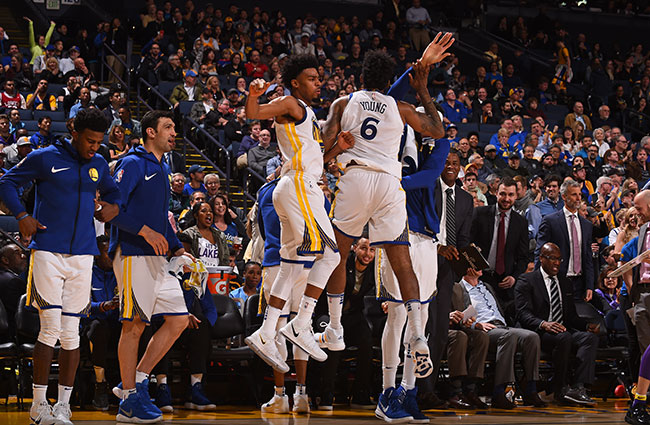There’s a reason Eureka moments tend to strike in the shower—or in the case of Archimedes, the bath. Performing mindless activities gives our brain an opportunity to relax, kicking the prefrontal cortex (a.k.a. the brain’s command center) into autopilot mode. That daydreamy state is when creativity emerges.
In this Business Insider article on why 72% of people get their best ideas in the shower, Psychologist Scott Barry Kaufman explains, “The relaxing, solitary, and non-judgmental shower environment may afford creative thinking by allowing the mind to wander freely and causing people to be more open to their inner stream of consciousness and daydreams.”
Whether we’re scrubbing dishes or practicing meditation, letting our brain idle increases alpha brain wave activity, known to boost creativity and reduce depression.
How does this translate to the workplace? No, we’re not saying you should install showers or offer transcendental meditation classes (although that may not be such a bad idea). Rather, you may wish to cultivate an organizational culture that encourages play, humor, quiet, and relaxation—all ingredients to heightened productivity and creative flow, most famously studied by Mihaly Csikszentmihalyi.
No number of hacky sacks and hammocks will counteract the toxic miasma of a stressful, high-anxiety workplace, however, and that cortisol-spiking atmosphere often starts at the top.
If an organization’s leaders exhibit stress, fear, rigidity, and panic under pressure, those emotions quickly spread to the employees.
How many times have you entered a meeting in a good mood only to leave feeling anxious and tense? This article by Psychologist Daniel Goleman discusses a study that revealed the contagious nature of moods in work groups and calls on leaders to practice the emotional intelligence necessary to prevent their own stress from infecting the group.
It’s no surprise that people want calm, assertive leaders as this Psychology Today piece explains. If you are wheeled into the hospital for emergency surgery, do you want the head surgeon to fly into hysterics, or do you want her to calmly assess the situation, lay out a clear plan of action, and set to work?
How people respond to crises reveals a lot about them, and demonstrating resilience, resourcefulness, and ingenuity in the face of obstacles instills employees with confidence and trust in their leadership.
That’s one reason this Harvard Business Review article encourages first-time leaders to relax. Employees sense insecurity and anxiety in their leaders, and that lack of confidence derails productivity.
As the Tao Te Ching states:
“When your body is not aligned,
The inner power will not come.
When you are not tranquil within,
Your mind will not be well ordered.
Align your body, assist the inner power,
Then it will gradually come on its own.”
If you want your employees to achieve the optimal performance, relaxed alertness, and creativity possible in a serene, inspiring environment, you need to cultivate your own inner balance, emotional intelligence, and mental well-being.
To get expert guidance from an empathetic yet challenging co-active coach, contact Chris Cook about her leadership coaching services. If your organizational culture could use an injection of positivity and transformative authenticity, Capiche can help with that, too.







